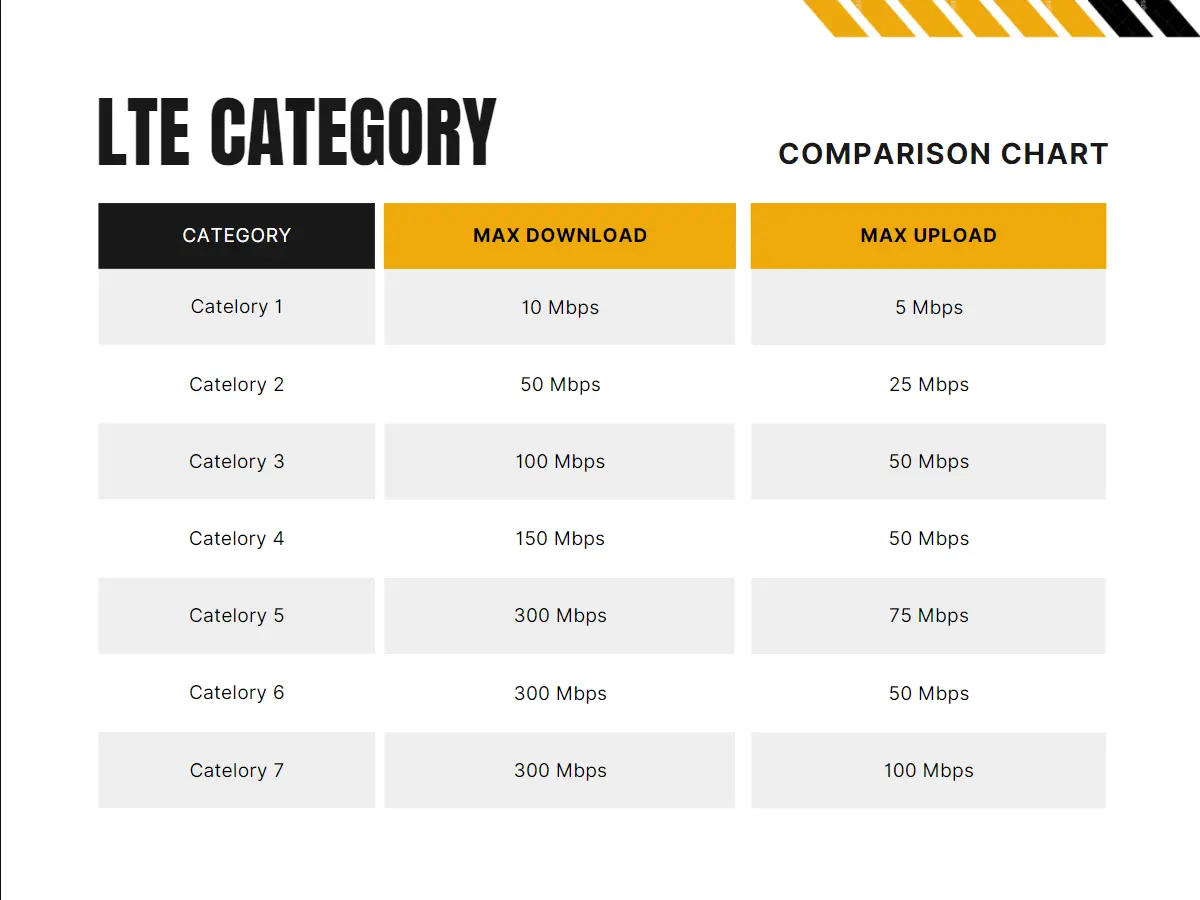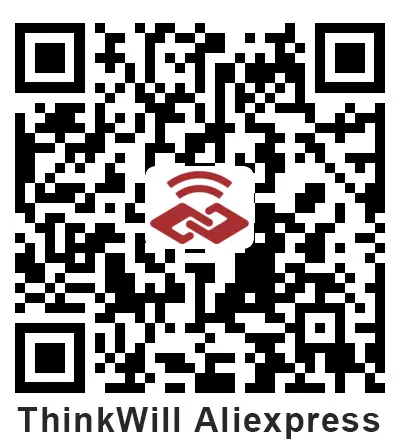2022-12-20

According to Renub Research, the Global Wireless Router Market will reach US$ 18.02 Billion by 2027 at a CAGR of 8.4%. As part of wireless routers, the 4G LTE router market cannot be neglected. Analogous to conventional wireless routers in appearance, LTE routers adopt a specific LTE network to offer Internet accessibility. Therefore, its rapid development has benefited much from the popularity of the LTE network.
LTE (Long Term Evolution) is an evolution of 4G, the fourth-generation global wireless communication standard first defined in 2008. It designates a brand-new cellular network with great spectral effectiveness, high peak data transfer rates, brief round trip time, as well as flexibility in frequency and bandwidth.
1) Delivers full-duplex communications links using frequency-division duplexing (FDD) or time-division duplexing (TDD).
2) Bandwidth 20MHz, and supports allocation in 1.4MHz, 3MHz, 5MHz, 10MHz, 15MHz and 20MHz, etc.
3) Introduces Orthogonal Frequency Division Multiplexing (OFDM) and Multi-Input & Multi-Output (MIMO) to boost spectrum effectiveness and data transmission capacity considerably.
Altogether, the LTE network has shown itself to be robust and advantageous after being utilized on a monumental scale for decades.
LTE is a well-positioned technology to deal with challenges based on features like advanced encryption standard, session-based encryption keys, and SIM authentication.
LTE network lowers the overall connectivity cost, making it feasible for any IoT terminals to connect to the IoT cloud for scale management, which will save operation and maintenance costs substantially. And this profitability will increase on a larger scale.
LTE network handles higher speed, and increased throughput data transfer with low latency and excellent precision, productively enhancing the prior 3G network performance. Also, its unique expression makes it a competitive and simpler alternative to the DSL network.
LTE routers are wireless routers that can provide mobile broadband Internet access to smart devices via a WiFi or Ethernet port connection. They have the characteristic of high-speed but low-latency data transmission.
From the Cat 4 LTE router, it is contemporary to act as an Internet access solution in areas where broadband coverage is restricted or prohibitive in cost. The rapid deployment of a wireless network with LTE bypasses the costs of fiber cables and can be undertaken anywhere with cellular coverage.
The LTE UE Category describes the performance specifications of LTE devices. Knowing their performance levels means knowing the peak speed of LTE routers.

With external antennas, the portable router can easier receive LTE cellular signals and offer reliable wireless connections. Go and visit TC20 CPE Wireless for more.
Most LTE routers are configured with SIM card slots to insert a SIM card for available data plans. Also, a type of LTE router modified by some cellular carriers will select a built-in eSIM structure. ThinkWill develops LTE routers with SIM card slot only, or SIM card slot and eSIM together. Go and visit CPE WiFi Router for more.
A data plan may not always be cheap or run out at the end of the month. A backup Ethernet port can be helpful when a network cable is available in public service. Go and visit CE10x CPE Device for more.
1) Temporary
The fast-paced business applications may have the time-sensitivity of network activation. And cable networking may require high lead times.
2) Geographical-free
Wired Internet connectivity might be problematic for provision in areas where local infrastructure is backward. For new kiosks or retail stores dispersed around, it outweighs the gain of constructing a new fiber line to support network connection.
3)Backup
An LTE router is a workable option to deliver Internet connectivity for small and even medium-sized local networks, a candidate to substitute your DSL, cable, or fiber modem.
1) Public
Emergency departments or public vehicles such as police cars, fire engines, school buses, utility vehicles, public buses, or trains, have wireless LTE routers installed to ensure real-time connectivity in incident response. Typically, these LTE routers combine LTE, WiFi, and GPS with an IoT cloud management system to deliver specific functionality.
Also, LTE routers support WiFi-enabled devices such as IP cameras, smartphones, tablets, broadcasts, and DVRs to transport through mission-critical communications but also upload audio and video data for real-time cloud storage and incident proof.
2) Commercial
Fleet Management can receive greater supervision, responsiveness, smoother communication, and enhance overall safety and efficiency after implementing cellular-based LTE routers and WiFi technologies.
With the Internet connection supported by LTE routers, an increasing number of vehicles can get better organization and management from the command center, which monitors the status of each vehicle in real time, positions and tracks them, monitors driving behaviors, and sends alarms once a problem is detected. Contemporary systems or applications such as security cameras' real-time recording, automatic data uploading, or driving behavior analysis, have played a vital role in intelligent fleet management.
The coverage, reliability, and affordability of the LTE network indicate that Internet-enabled devices, industrial terminals, and appliances can acquire and transmit data in volume for accurate tracking and monitoring.
High-speed LTE router connectivity denotes that not only the location but also the condition and security status of goods in transit or storage can be consistently tracked and monitored. It will enable enterprises to remain responsive if problems emerge and tackle issues accurately.
LTE routers deliver the connectivity necessary to sustain utility industry IoT applications including the creation of smart grids that can draw on a combination of renewable and non-renewable energy sources for flexible and environmentally responsible power.
As mentioned above, the LTE network is applicable and widespread. So some people are distributed in:
Now the superiority of the LTE network may have been disclosed a little. Honestly speaking, LTE routers benefit greatly from its excellence. Just dive in to check more.
2G: 1990-2020, 30 years+
3G: 2000-2020, 20 years+
4G: 2008+
3G networks are shutting down in 2022. This is particularly important as the same spectrum for older 2G and 3G networks can now be available for 4G LTE and 5G to deliver more data at higher speeds. 4G predicts to last for at least another decade, or possibly longer with the help of Dynamic Spectrum Sharing (DSS), which shares an available spectrum between 4G LTE and 5G. DSS provides improved coverage for 5G and greater longevity for 4G LTE. The first 4G LTE sunset announcements are expected after 2030, which indicates that companies can safely invest in 4G-based IoT solutions today and for the foreseeable future. (Quoted from Digi)
To make 5G technology available early and provide a seamless user experience, the first 5G network and related devices will work in non-standalone (NSA) mode, which allows a terminal will always connect to the 4G LTE network first, and if the 5G network becomes available, the terminal will utilize 5G for additional bandwidth.
Significantly, LTE connectivity is essential for the smooth rollout of 5G networks. LTE and 5G networks will co-exist for at least a decade until the complete 5G infrastructure is closed. Even so, the LTE network will be critical to supplying fallback connectivity in areas with limited 5G coverage. Early on, LTE still is significantly cheaper than 5G for most applications.
How to Distinguish DTUs, Routers and Industrial IoT Gateways
